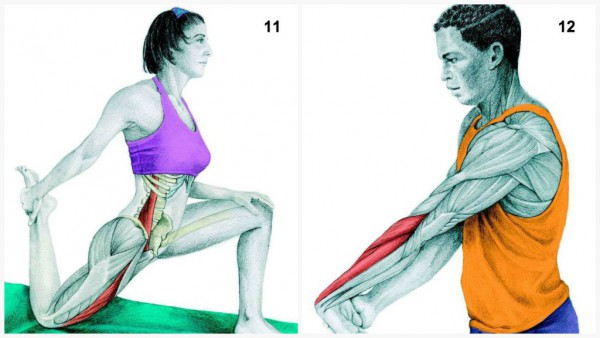Why Stretching After Exercise Matters
After a rigorous workout, the last thing on most people’s minds is stretching. However, this often-overlooked aspect of fitness plays a crucial role in our overall well-being. Static stretching, in particular, holds immense benefits that go beyond the immediate post-workout fatigue. It’s essential to understand the significance of these stretches in aiding recovery, preventing injuries, and enhancing flexibility.

Understanding Stretching
Stretching involves elongating or lengthening muscles by increasing the distance between their origin and insertion points. This primarily involves the muscle belly and tendons. Static stretching works by triggering the Golgi tendon organ, a proprioceptor in tendons, which, upon sensing increased tension, prompts muscle relaxation.


Static vs. Active Stretching
- Static Stretching: Involves holding a stretch for a duration, allowing muscle fibers to relax and gradually elongate. It’s typically employed at the end of an exercise session.
- Active Stretching: Involves moving through a muscle’s range to prepare it for activity. This type is commonly used at the beginning of an exercise routine to stimulate blood flow and prepare muscles for movement.
Benefits of Static Stretching
- Injury Prevention: Reducing muscle stiffness decreases the likelihood of tears or strains.
- Mobility/Flexibility: Lengthening muscles through stretching improves their flexibility and range of motion, thereby enhancing performance.
- Recovery: Increased blood flow to muscles during stretching facilitates nutrient delivery for muscle repair.
FITT Principle for Static Stretching
- Frequency: Performing stretches daily aids in increasing muscle length.
- Intensity: Keep the exertion level light during stretching sessions.
- Time: Holding each stretch for at least 30 seconds, if done consistently, contributes to improved muscle length.
- Type: Focus on stretching muscles used during exercises or activities, paying attention to areas under chronic stress.
Five Everyday Stretches to Incorporate
Embracing the Stretching Routine
In conclusion, the importance of stretching cannot be overstated. Taking the time to stretch not only aids in quicker recovery and reduces injury risks but also enhances flexibility, ultimately improving overall performance. By incorporating the suggested stretches into your daily routine, you’ll notice decreased stiffness and increased muscle length over time.
Stretching should not be viewed as an afterthought but rather as an integral part of any fitness regimen. Its benefits extend far beyond the gym, positively impacting our day-to-day lives by promoting a healthier and more agile body.
Remember, consistency is key. So, take a few minutes each day to stretch and unlock the full potential of your body’s flexibility and resilience.





